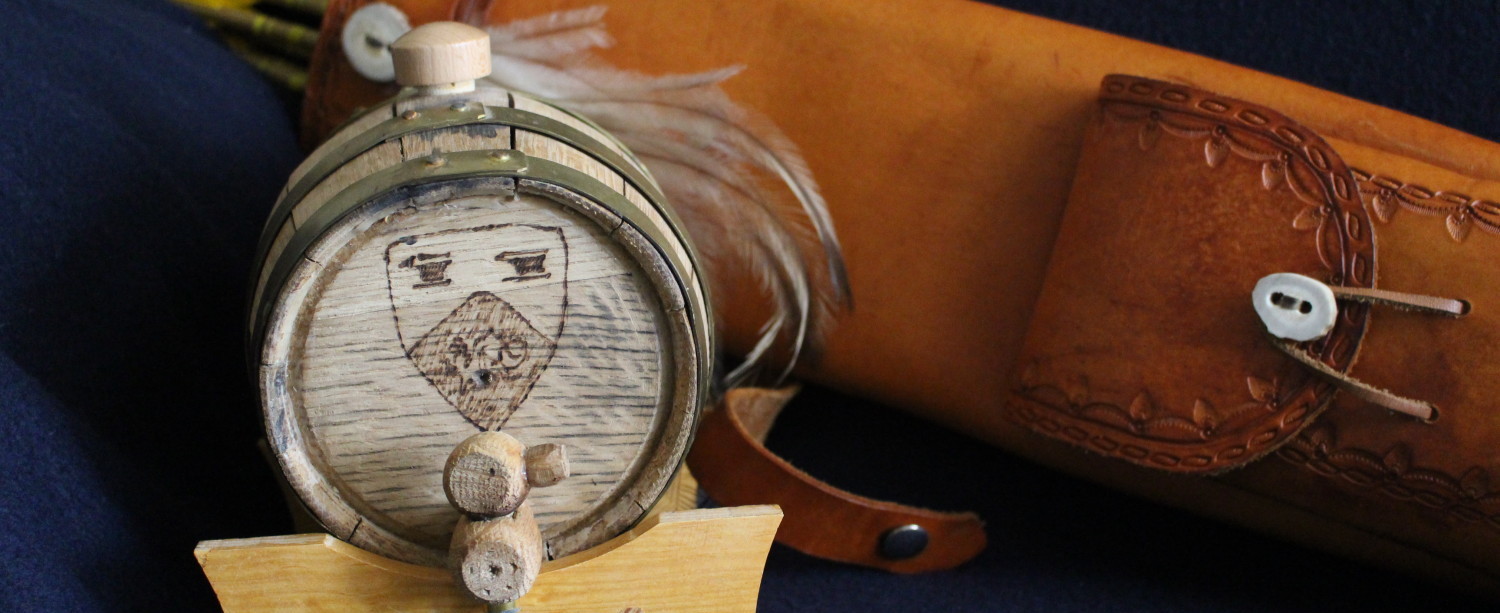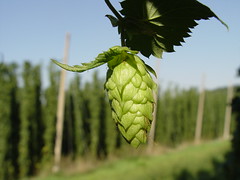Hops and Menopause
Why am I interested in this?
Bear with me as I present my circuitous thinking about some new research on hops that I find quite interesting. As readers of this blog know, I like to identify modern research that provides support for practices in antiquity when folks did not have the technological advantages that we have today. They did have and use keen observation to make connections between practices and outcomes that led to effective treatments.
I recently became interested in references to the effects of hops on the menstrual cycle. My interest was piqued for a couple of reasons. First, I teach a lifespan development course twice a year. When I cover the topic of menopause, I discuss the importance of the Women’s Health Initiative (WHI), a long-term study of thousands of women on a variety of health-related issues. With respect to menopause, the hormone therapy component of the Initiative has special interest due to findings that hormone therapy carries significant long-term health risks for some women. Combined therapy (estrogen + progestin) and estrogen-alone therapy involve the administration of these hormones to prevent or ameliorate some of the short- and long-term effects of menopause. However, the hormone therapy component of the WHI found that this long standing approach to “treating” menopause should not be universally applied to all women. In fact, the results of the hormone therapy component were so striking that the combined and estrogen-only studies were stopped early in 2002 and 2004, respectively. The findings fundamentally changed the way that hormone therapy is practiced. But, I digress….
The second reason why the connection between hops and menopause is interesting to me is the fact that I am a brewer (Duh!). That, in and of itself, isn’t sufficient for my interest. What is sufficient are the references I’ve seen regarding the effects of handling hops on the menstrual cycles of women. Some of these references go back a couple of centuries. I am interested in tracing this effect back as far as I can to determine if this relationship was observed during the Medieval period. Lots of work to do on this!
Several references connecting hops to menstrual/gynecological issues show up in recent literature. Authors hint or even outright claim that hops played a role in menstrual processes and therapies in antiquity (Milligan, et al., 2002; Lewis & Elvin-Lewis, 2003; Biendl, 2009; Aghamiri, et al., 2015). Some examples of claims/references:
- Hop baths were used for a variety of gynecological maladies.
- Women hop pickers experienced menstrual irregularities as a result of direct exposure to the hops.
- Hop extracts reduced the intensity of hot flashes associated with menopause.
- Reportedly, Hieronymus Bock, the German botanist, in his 1539 first edition of Kreuterbuch suggested hops for treatment of gynecological disorders. (I need to verify this by looking at the original source)
Hops have also been used for centuries for other medicinal properties such as:
- antimicrobial
- sedative/hypnotic
- digestive aid
- analgesic
These effects have gotten much more attention through the centuries than the use of hops for gynecological purposes.
Summary: Above, I outlined some of the connections between hops and menstrual/gynecological factors. The results of the WHI have stimulated research on alternatives to traditional hormone therapy to relieve menopause effects. Some of this research allows me to do one of my favorite things, which is to demonstrate that modern research validates practices of the Middle Ages. My work is cut out for me! 🙂
This has been a lengthy post (and hopefully not too pedantic). In my next post on this issue, I will review some of the latest research on this topic. Here is a hint about one of the major components that links the issues at hand.
The vital connection is the finding that hops contain some fairly powerful phytoestrogens, which are plant-produced estrogen-like compounds. The most powerful of these phytoestrogens is 8-Prenylnaringenin (8-PN) (Keller, Zierau, & Kretzschmar, 2013). 8-PN acts as an estrogen receptor agonist (facilitator), at least at some estrogen receptor types.
Go to Hops and Menopause Part II
Aghamiri, V., Mirghafourvand, M., Mohammad-Alizadeh-Charandabi, S., & Nazemiyeh, H. (2015). The effect of Hop (Humulus lupulus L.) on early menopausal symptoms and hot flashes: A randomized placebo-controlled trial. Complementary Therapies in Clinical Practice. xxx, 1-6.
Biendl, M. (2009). Hops and health. Technical Quarterly, 46, 1-7.
Keiler, A. M., Zierau, O., & Kretzschmar, G. (2013) Hop Extracts and Hop Substances in Treatment of Menopausal Complaints. Planta Medica, 79, 576–579.
Lewis, W. H., & Elvin-Lewis, M. P. F. (2003). Medical botany: Plants affecting human health. Hoboken, NJ: John Wiley & Sons.
Milligan, S., Kalita, L., Pocock V., Heyerick, A., De Cooman, L., Rong, H., & De Keukeleire, D. (2002). Oestrogenic activity of the hop phyto-oestrogen, 8-prenylnaringenin. Reproduction, 123, 235–242.



Pingback:Projects Update | Casks and Quivers
Pingback:Hops and Menopause II – Casks and Quivers